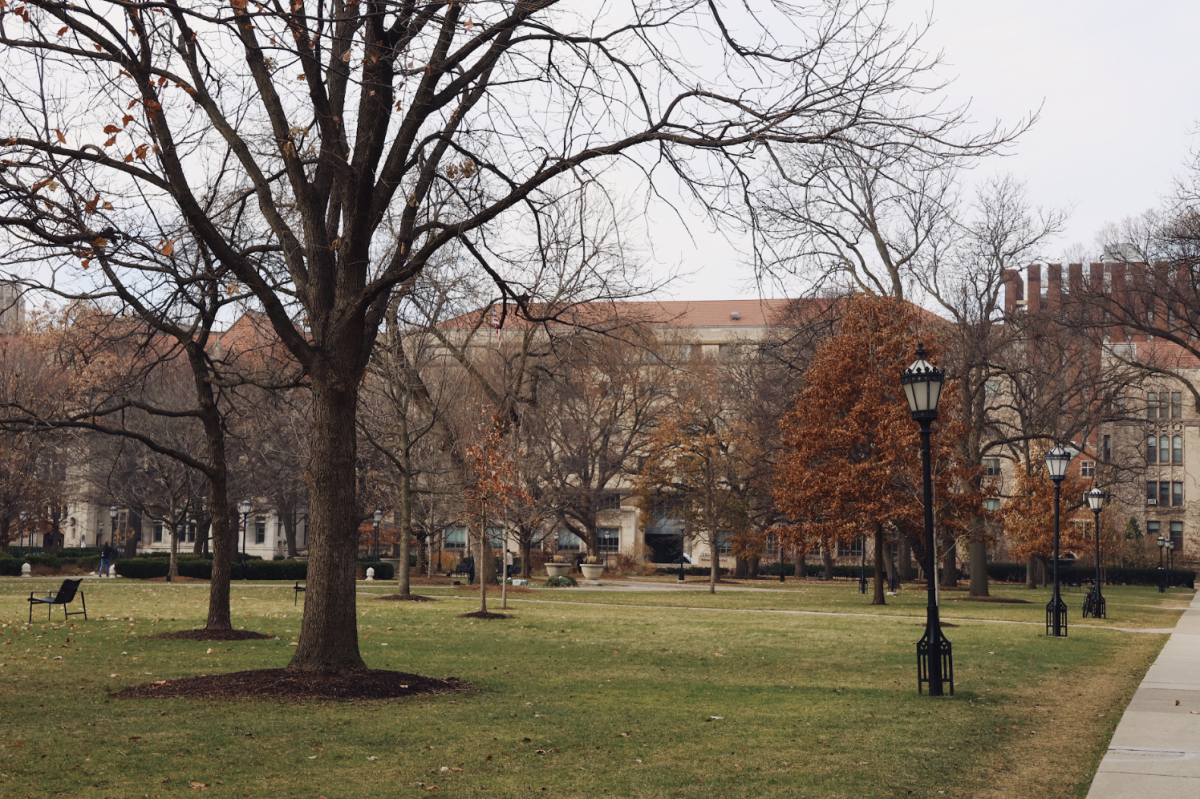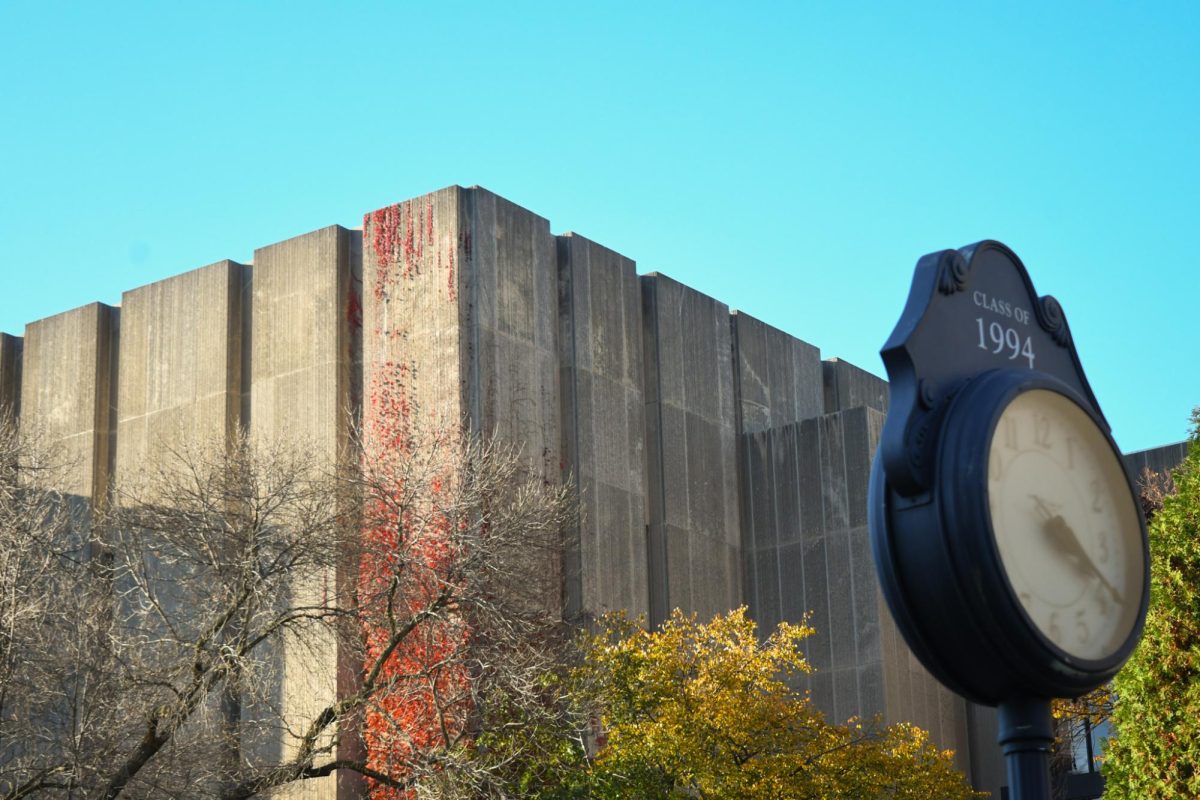The Maroon recently ran a critical editorial on the effectiveness of Teach For America (TFA) (“An education in Teach for America” [10/17/14]). In it, Spencer McAvoy argues that TFA isn’t a permanent solution to our nation’s unequal education system. But in doing so, he misses the fact that this is never what the organization set out to be. Teach For America aims to be one source of teachers and leaders dedicated to working in partnership across sectors to provide all students with an excellent education. They won’t solve these problems alone, nor do they seek to.
I graduated from the University of Chicago in 2013 and now teach special education English and history at a charter school on 95th Street as a TFA corps member. Like every teacher’s first year, mine certainly had its ups and downs, but looking back on it, I had some incredible moments with my students. Moments like when one of my 10th graders with a cognitive impairment connected a class discussion on Nazis to the importance of respecting the differences of others and the differences within yourself. Moments like when one of my ninth graders with autism successfully and independently drafted a structured essay with correct citations. And moments like when another 10th grader went downtown for the first time to attend Model United Nations of the University of Chicago (MUNUC), overcame her fear of public speaking, and spoke in front of an assembly of hundreds of affluent suburban children.
TFA certainly isn’t perfect, but the best evidence out there says it makes a positive contribution. A rigorous study of secondary math teachers, published last year by Mathematica Policy Research, found that TFA members moved their students forward an extra 2.6 months during one school year. In the three states (Louisiana, North Carolina, and Tennessee) that rank teacher preparation programs based on student achievement, Teach for America comes in at or near the top. No study could ever capture the moments like those I’ve detailed above, but the stats are an important part of the larger puzzle. In the aggregate, they make a difference.
TFA is also criticized for the diversity gap between its teachers and their students. Obviously, this is not ideal; students should be able to relate to their teachers. TFA has been working to minimize this gap: Among this year’s corps, 50 percent identify as people of color, 47 percent received Pell grants, and one-third are the first-generation college students.
And yet, there is something to be said for the diversity of experience that TFA teachers bring to their students. After all, isn’t that what we want from our college experience? We applaud the diversity on our own campus through a range of cultural RSOs, not to mention RSOs that appeal to a diversity of skills and interests. Coming in as a German-American New Yorker who attended a French high school, I was able to offer a unique perspective. I was able to teach my students everything from what bagel and lox was to how Nazism grew out of discontent with World War I. And I was able to learn from my students as well; I had to, in order to become the teacher they need.
At the end of the day, that’s what a true culture of achievement is: It’s providing opportunities. And that’s what I was able to provide my students, through my background and the interests I shared with them, like MUNUC.
One of our core beliefs at the University of Chicago is in the importance of learning for its own sake. We consider this belief to be so important that we even canonized it in our school’s motto: crescat scientia, vita excolatur. Life is enriched not by grades or by standardized test scores, but by the excitement we get when we learn something new, something that piques our curiosity and pushes us to discover even more. When I think back on my last year of teaching, that’s what I was able to provide in my classroom: a little bit of UChicago. My students got excited about discussing things; they asked questions, and they wanted to know more.
So as I hold up our campus as a model to my students, I hope we’ll live up to it—setting aside easy conclusions like the one drawn in the recent editorial for the tough conversations that yield big questions, big ideas, and bold solutions.
—Sophie Riemenschneider (A.B. ‘13)









